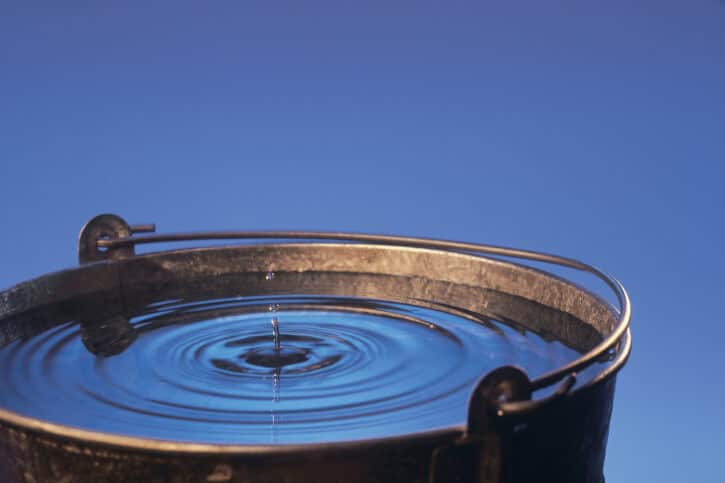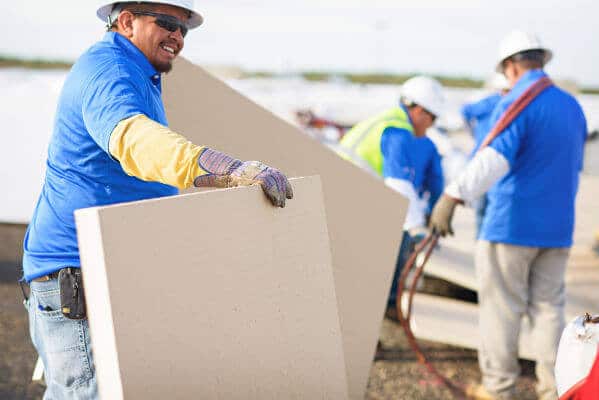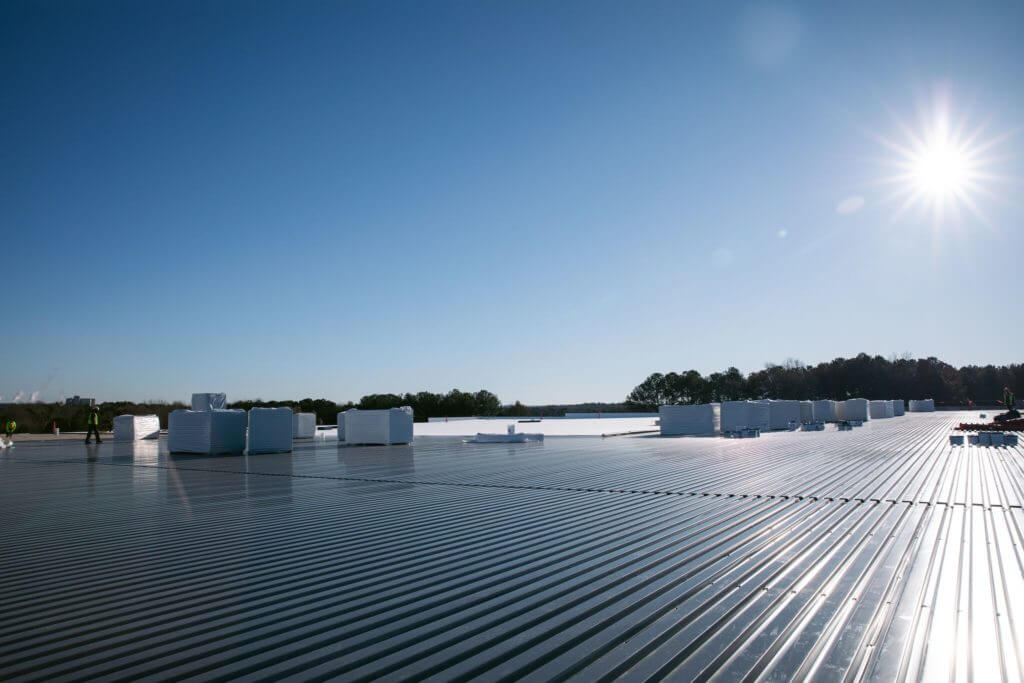The 5 Most Common Causes of Roof Leaks


Most roof leaks are caused by one of five common factors: people, issues with seams, neglect, rooftop equipment, and weather. Prevention is of course better than repair. Once you get to know the main offenders, you can develop a strategy to avoid problems before they arise.
- People: It’s OK to walk on your roof. Roofs can tolerate modest foot traffic, but heavy traffic can be a problem on membrane that isn’t protected with walk pads — especially around equipment like HVAC systems. The biggest danger is human error or carelessness, like dropped tools or mishandled parts.
- Seams: Seams are often your roof’s weak point. Large rolls of membrane are rolled out over the vast expanse of a commercial roof. Depending on whether the roof is fully adhered or mechanically fastened, those membranes are secured to either the insulation or deck below. No sheet is as wide as a roof, so multiple sheets must be overlapped and joined, either with adhesive or hot-air welding. In flat, open spaces, these seams hold up well, but at the edges of the roof — and especially around flashing, pipes, or at the site of an older patch — delamination can lead to a roof leak.
- Neglect: Ignoring a roof has disastrous consequences. Failure to maintain and inspect your roof can lead to leaks at weak points. Pitch pans and caulking can dry out, crack, and let water seep in. Regular monitoring and resealing when necessary can prevent leaks and further damage down the road. Without regular maintenance, minor issues can balloon into systemic problems that necessitate a full re-roof or, worse, structural work.
- Rooftop Equipment: The areas near heavy equipment like HVAC units and exhaust fans are often the site of punctures and leaks. Screws can be pulled out, and washers or gaskets can dry rot, all creating potential entry points for water. Ventilation isn’t waterproof, and hard, driving rain can get through HVAC access panels.
- Weather: Last but not least is constant exposure to the elements. Ice and snow can build up over gutters and drains, leading to ponding water. In some parts of the country, violent hurricanes or tornadoes can demolish a roof in a single blast. More commonly, however, the slow, steady falling of rain, snow, and hail has a cumulative impact over time. The sun beats on the roof almost everyday. Storms can whip tree branches, limbs, and other debris at mercilessly high speeds. Periods of intense heat, prolonged cold, and wild temperature swings can all degrade roofing material as well.
People, weakness at the seams, neglect, rooftop equipment, and weather are the five most common culprits behind many roof problems. Not every roof leak can be attributed to one of the big five, but if you can keep an eye on these hazards and better understand how to identify and prevent them, you’re on your way to having a problem-free roof for a much longer time.
LIKE WHAT YOU JUST READ?
Sign up for our newsletter to get fresh articles, updates and more!
How Do I Know I Need A New Roof?
Nothing lasts forever – not even the most solid and professionally maintained roof. At some point in the life of a large commercial or industrial building, the roof will need to be replaced. Most roofs come with a life expectancy of about 20 years and, while that life expectancy can be extended with regular maintenance,…
How to Prepare Your Roof for the Spring
With a new season comes a shift in weather patterns. This change can have a significant impact on your roof. Temperature changes put stress and strain on the seams of your roof membrane. During the spring and fall temperature cycles, expansion and contraction flex the membrane and sealants of your roof. As a result, these…


